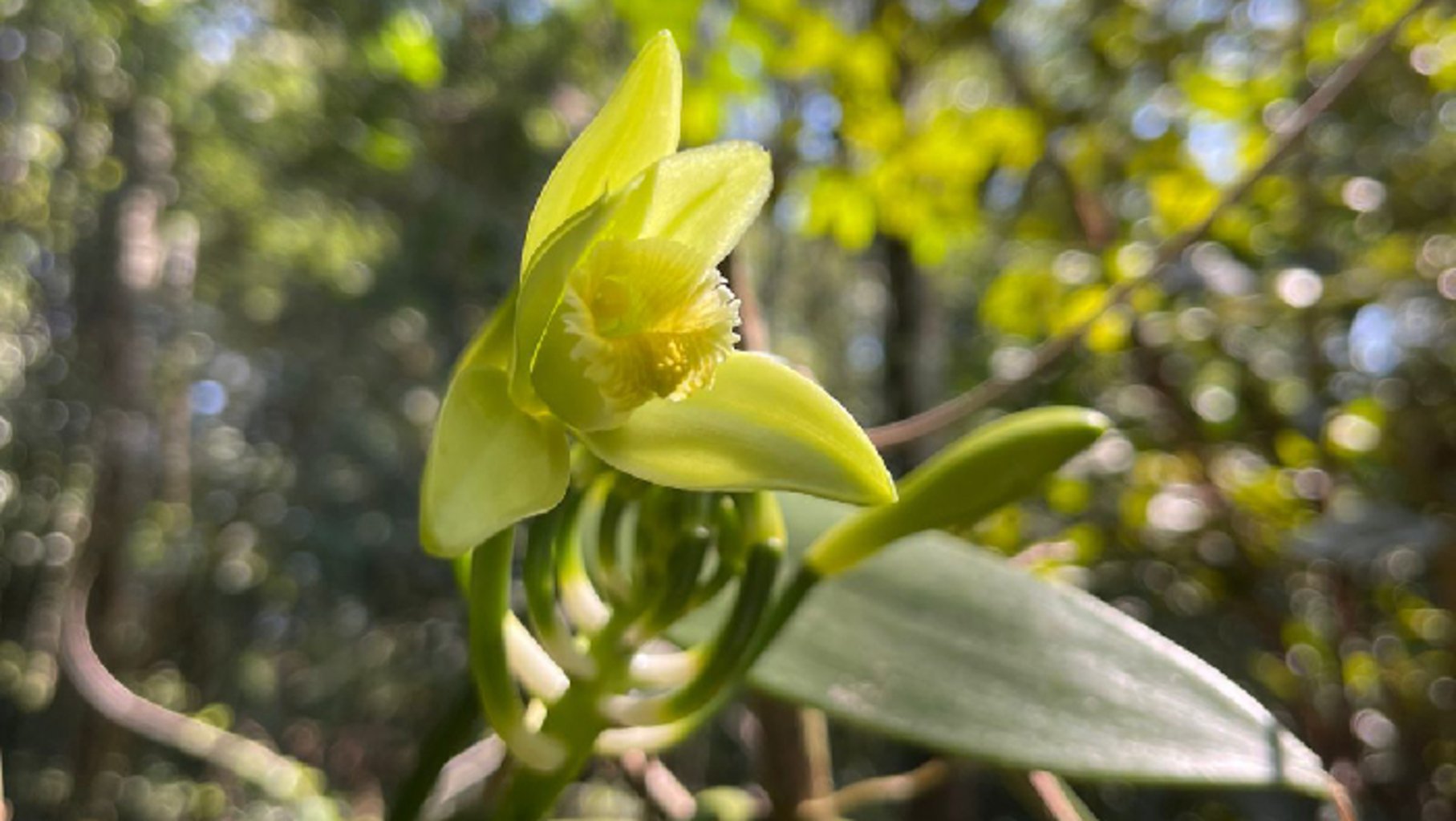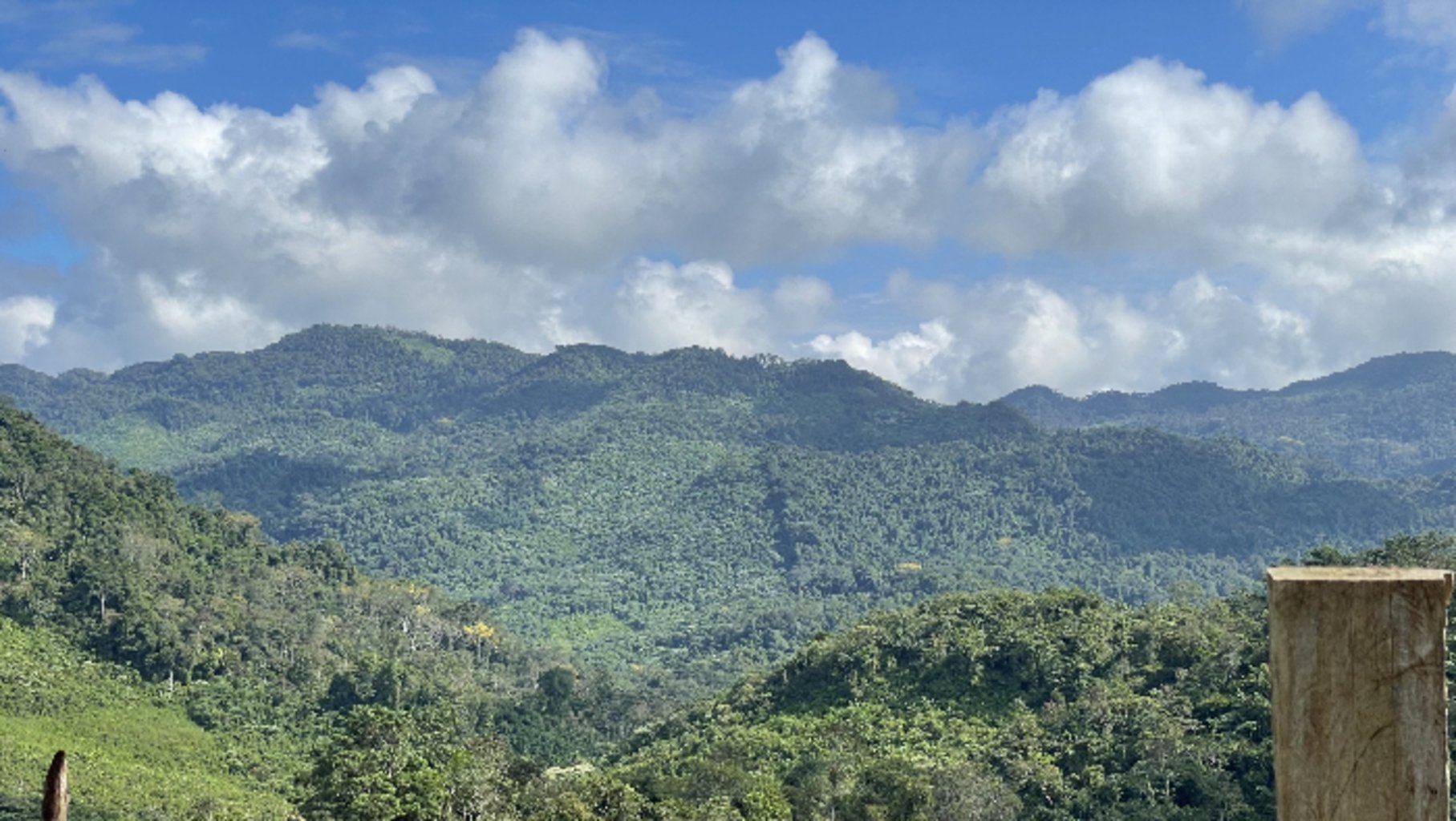Vanilla from the forests of Mexico
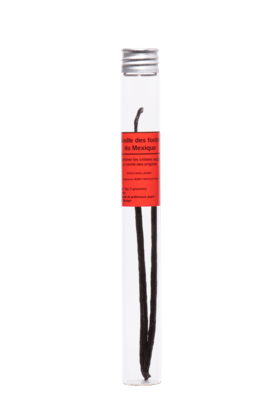
This product is temporarily unavailable. Receive an email as soon as this product is available again:
- Origin Mexico
- Storage / Use Sealed in its glass tube, in a cool, dark, dry place.
Olivier Rœllinger's words
"Colibri" vanilla beans are one of the species of the original vanilla beans from Mexico. Wild Colibri vanilla can still be found in the Chinantla Forest. Its name comes from the endemic hummingbirds (colibris, in French) that still sometimes pollinate the vanilla flowers, which is unique in the world. This vanilla is found either in the wild, or is cultivated extensively in the forest, according to agroforestry methods.
In the Chinantla forest in Mexico, a particular species of hummingbird has pollinated wild vanilla flowers since the beginning of time.
We work with Elias, a man who has a deep love for the original, wild vanilla beans found there. He gathers them from deep in the forest and has explained to us how the hummingbirds will only pollinate the three most beautiful blossoms in a flower cluster. The beans that develop are impressive and their concentration of flavors is astonishing for its freshness and vegetal notes.
The growing of these endemic varieties by communities in the forest provides them with an income and protects the Chinantla forest.
Elias and his son Arturo are doing important work to preserve endemic vanilla species with the help of the Chinantecos communities to which they belong. In 1985, Elias identified 7 endemic vanillas, including the planifolia colibri vanilla.
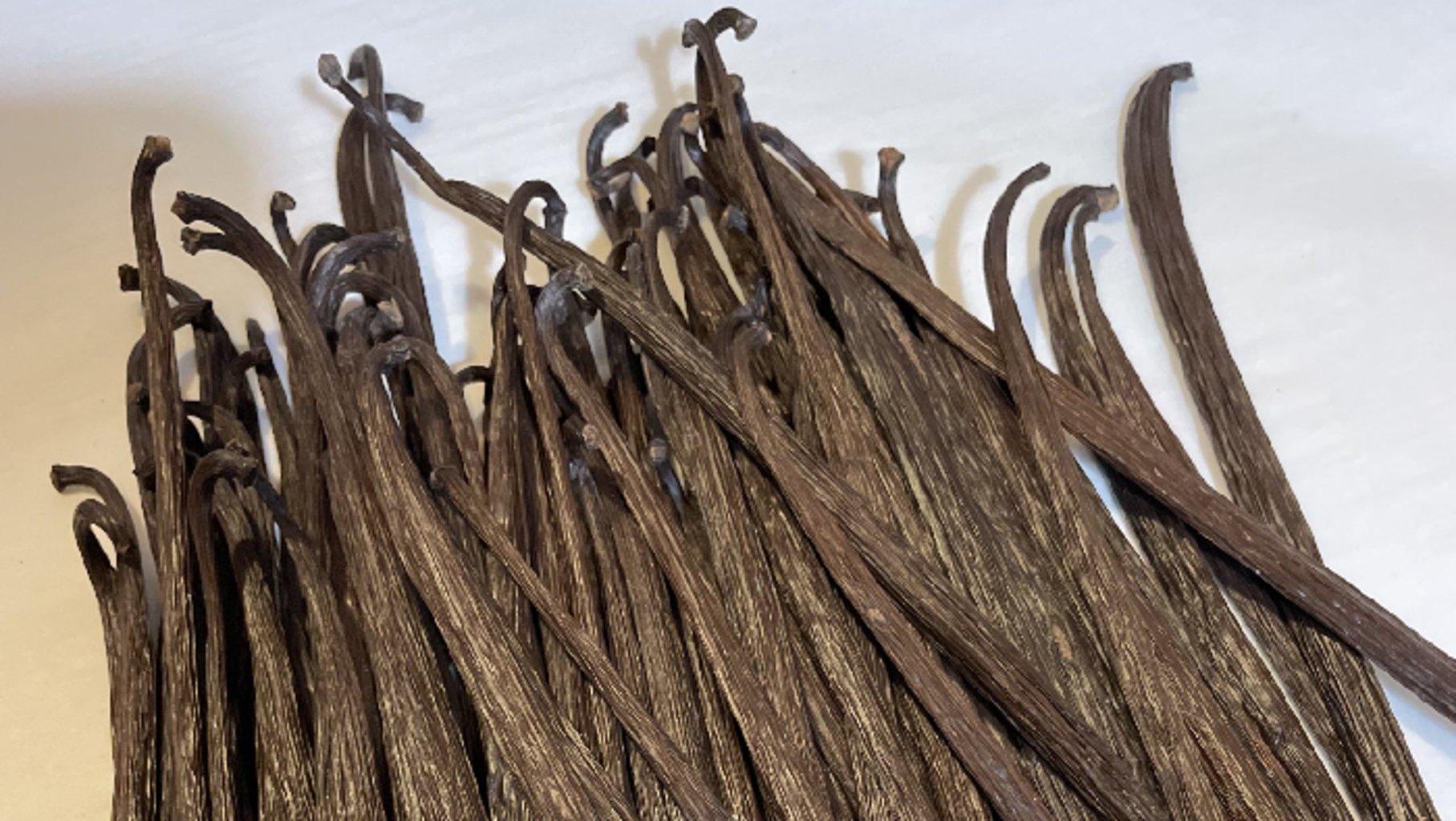
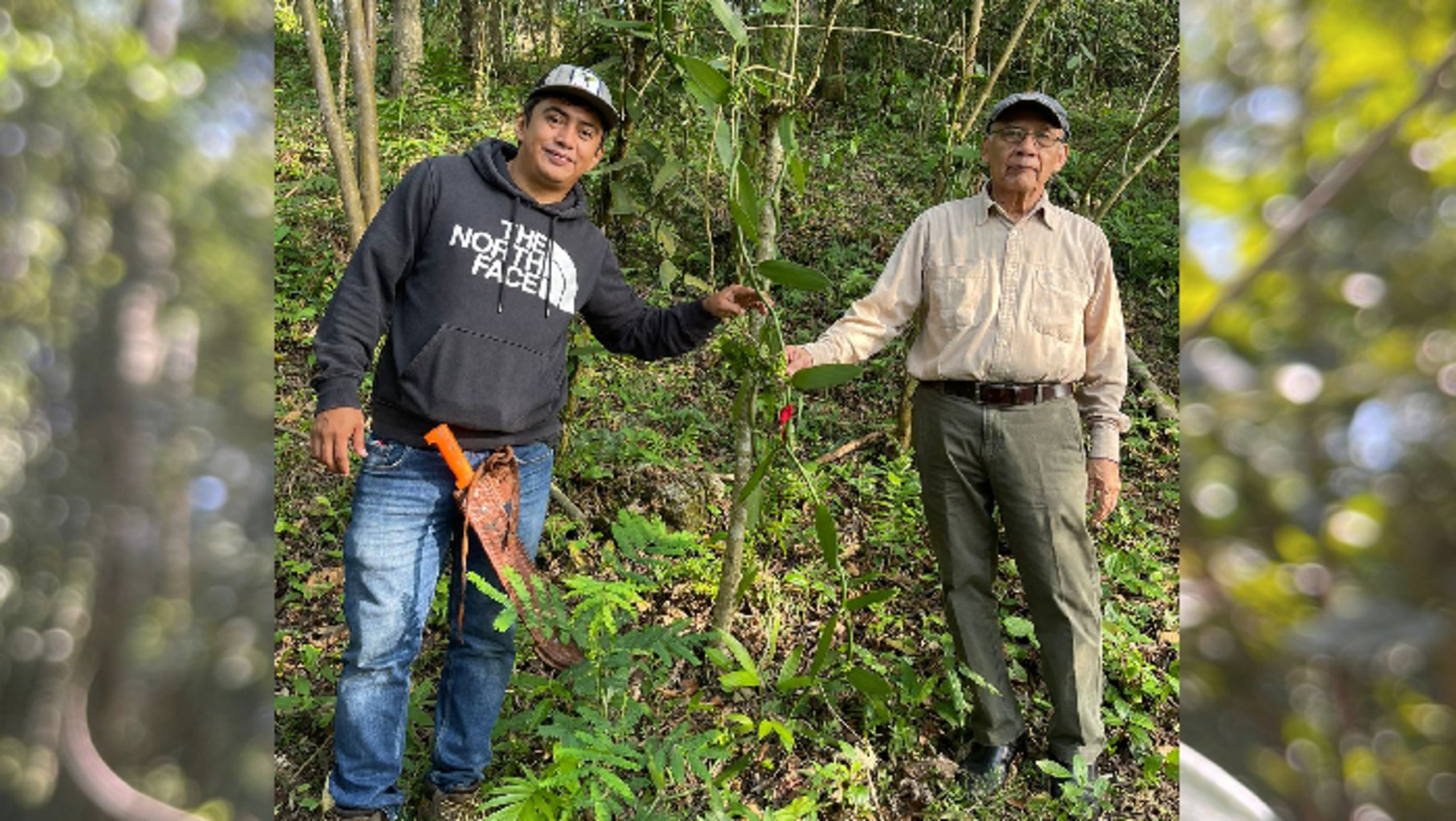
Story
Wild vanilla is naturally pollinated by melipona bees and small hummingbirds that are only found in Mexico. Before 1850, all vanilla beans came from Mexican forests and France was the number one importer of the “black flower.”
The Aztecs and the Mayans before them believed that the scent of vanilla could help them communicate with the gods and had longmastered the fermentation techniques required to cure the beans. They cultivated “tlilxotchitl” or “black flowers” so that the flavors could be paired with cocoa and coffee.
In 1521, Cortés was the first European to bring the dark pods or beans back to Charles Quint. Vanilla beans first arrived in France in 1664. Later, Louis XIV fell in love with vanilla’s flavor and wanted vanilla vines to be grown on Reunion Island, then known as the Ile Bourbon.
But by the middle of the 19th century, vanilla beans were still only “made” in Mexico. Even though the technique for curing the beans was well-known, pollination of the flower was not.
Around 1850, Charles Morren, a Belgian botanist, or, in truth, Edmond Albius, a slave on Reunion Island (this fact has been overlooked by history until now), discovered how to bypass bee pollination by pollinating vanilla flowers by hand. They say that Albius was freed from slavery as a reward for his discovery.
Soon thereafter, vanilla plants were exported by the French to plantations in Tahiti, Madagascar, the Mauritius Islands, Reunion Island, The Comoro Islands, and even Papantla in Mexico, near Veracruz.
